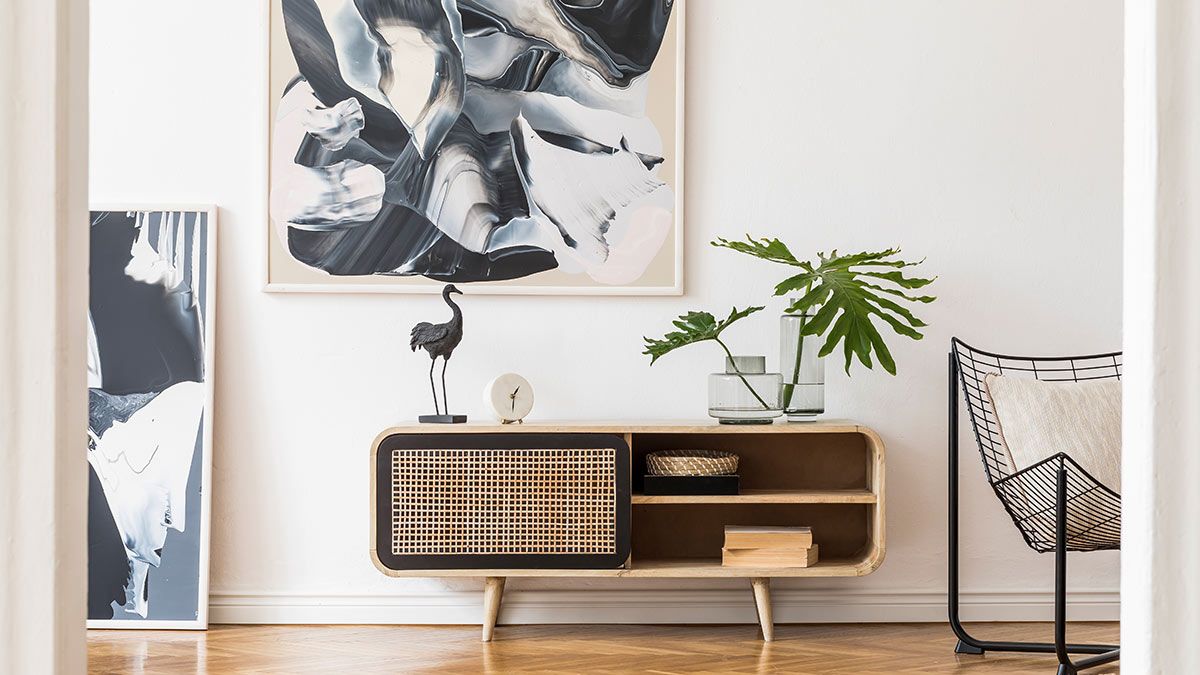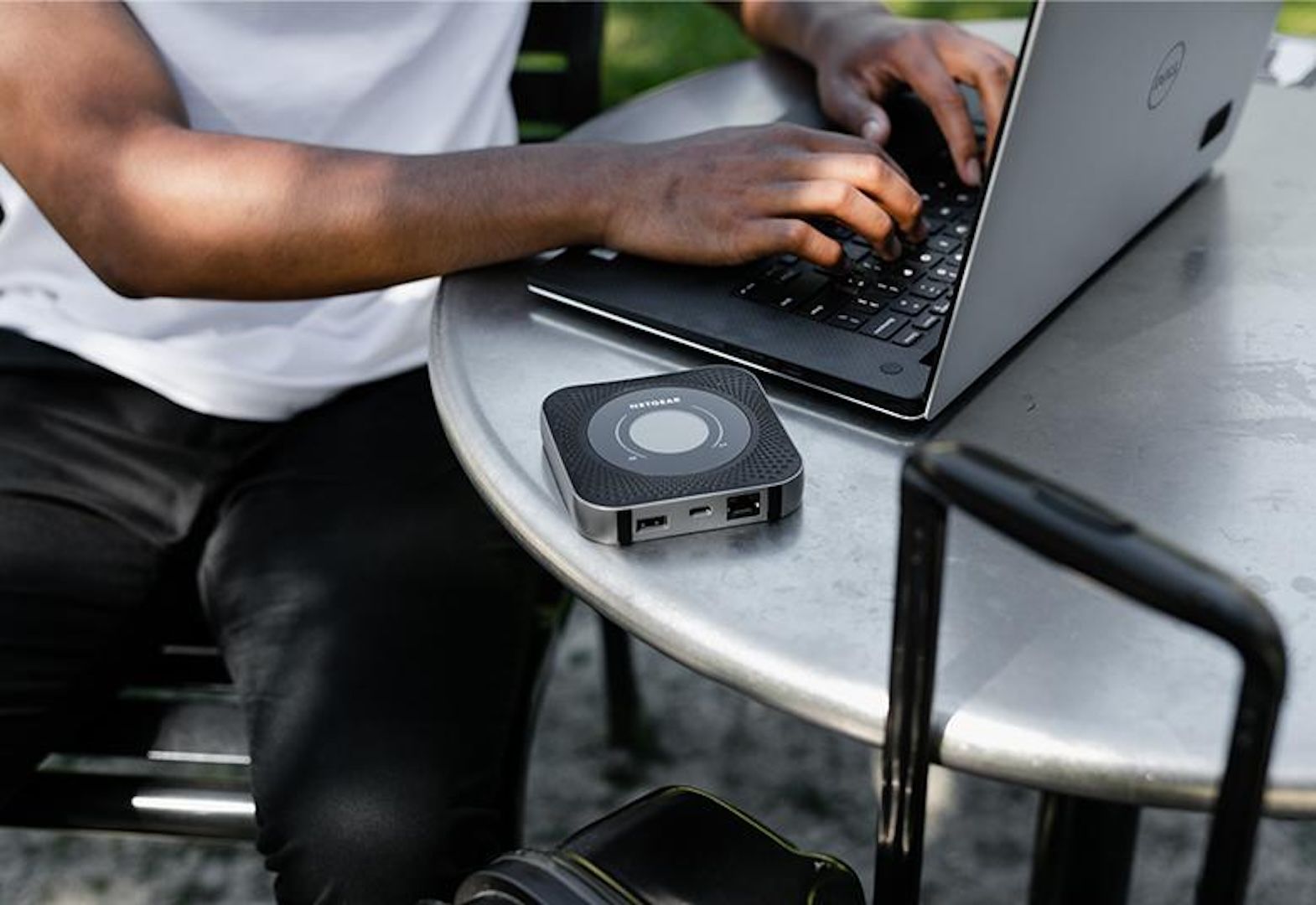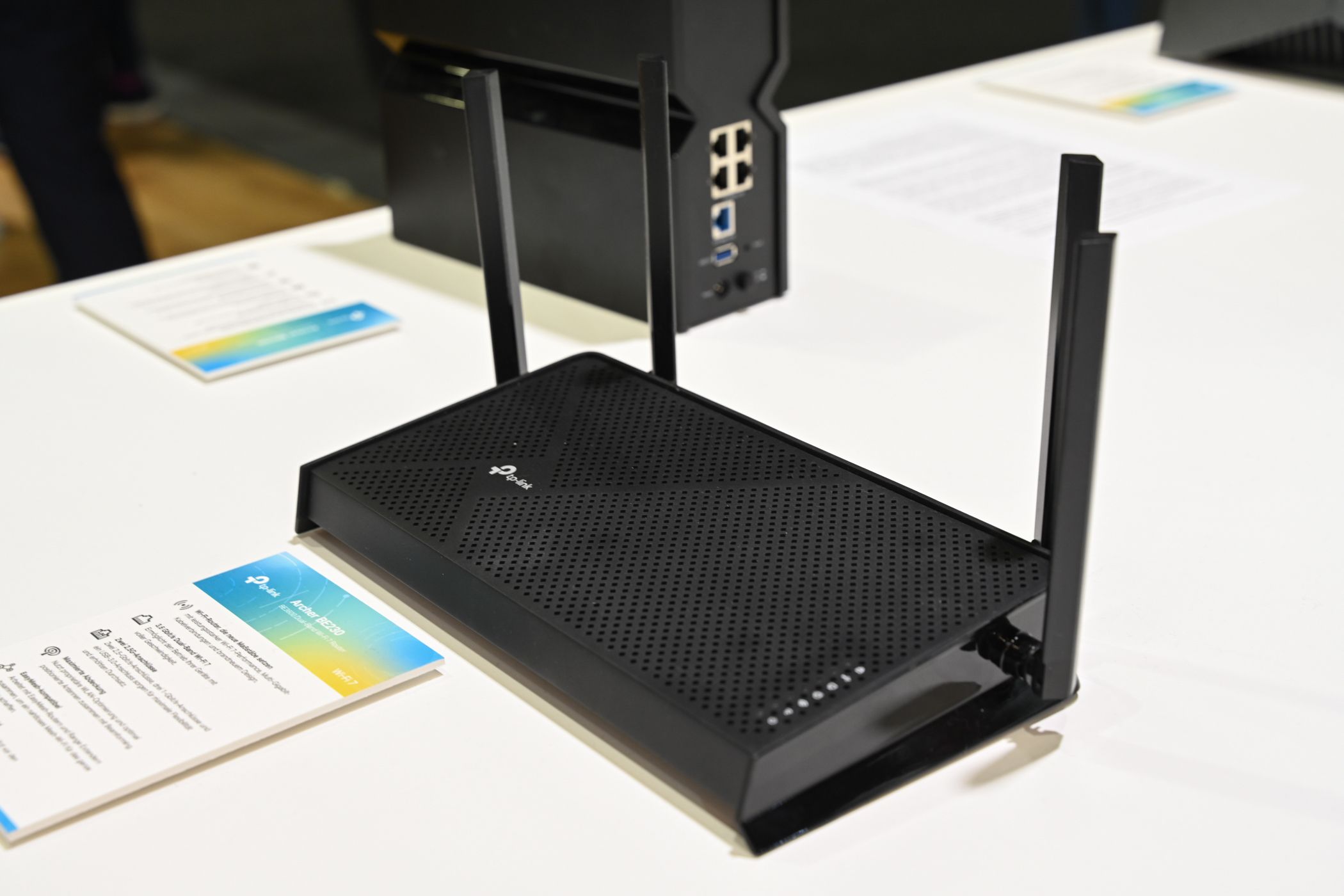Your high-speed internet connection may not perform at its best if the router isn’t positioned in the right spot. Poor placement can weaken the signal, slow speed, and create dead zones. To get the most out of your internet plan, here are some common router placement mistakes you must avoid.
7
Hiding the Router in a Cabinet or Closet
While it may be tempting to keep the router out of sight for a cleaner look, you should avoid placing it inside a cabinet, closet, or enclosed space. Walls, doors, and furniture can weaken the signal, which prevents it from spreading evenly throughout your home. Also, confined spaces can cause the router to overheat, which may impact its performance.
So, place the router in an open area with minimal obstructions for even signal distribution and adequate airflow to prevent overheating.
6
Letting the Fish Tank Absorb the Signals
You might be surprised to learn that placing your router near a fish tank can weaken your Wi-Fi signal. Water is dense and absorbs radio waves, making it a barrier to wireless connectivity. Both 2.4 GHz and 5 GHz frequencies struggle to pass through water. This could prevent signals from transmitting at full strength, which might lead to connectivity issues.
To avoid this, keep your router away from fish tanks, water coolers, and large glass containers. Also, avoid using your devices too close to a water source.
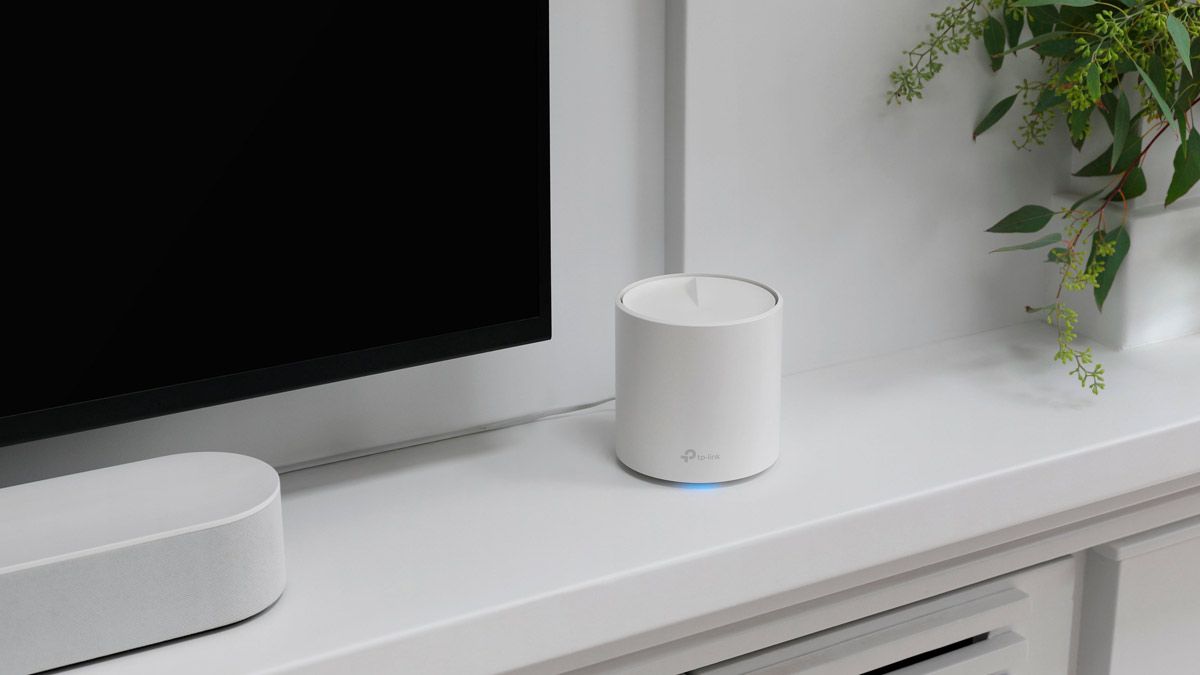
Related
10 Things Blocking Your Wi-Fi Signal at Home
From decor choices to construction materials, here are 10 things messing up your Wi-Fi signal.
Household devices—like microwaves, baby monitors, and cordless phones—emit electromagnetic waves. If they operate on the same frequency range as your router, they can interfere with your Wi-Fi signal. Similarly, thick metal objects can absorb or block the signal. Sometimes, the signal may even reflect off surfaces, limiting its reach in the intended direction.
That’s why you must keep such devices and obstacles away from your router. Otherwise, just like your voice would get muffled in a room full of pillows, your Wi-Fi signal won’t travel very far.
4
Putting the Router in the Wrong Spot
The placement of your router directly impacts the strength of the Wi-Fi signal, the speed of your connection with your devices, and how well the network covers your entire space. Wi-Fi signals spread out much like ripples in water, so placing the router in a central location allows those signals to reach all areas more evenly.
However, if you live in a large home, placing the router closer to high-use areas can improve signal strength where it matters most.
3
Exposing the Router to Direct Sunlight
Like most electronic devices, routers are sensitive to heat. If placed near a heat source or in direct sunlight, the router can overheat, which may affect its performance. You could experience slower speeds, frequent disconnections, or even hardware damage if it remains exposed to heat for an extended period.
To ensure your router works smoothly, pick a spot protected from direct sunlight all day to keep your router cool and in the shade.
2
Ignoring Antenna Positioning
When setting up your router, you must consider how you place its antennas, as their positioning can impact your connection speed and coverage. Most routers have two antennas, but some come with even more to boost signal range. If your router has two antennas, position one vertically and the other horizontally to improve coverage.
Also, ensure walls, furniture, or appliances don’t block the antennas, as they can weaken the Wi-Fi signal. If your router has multiple antennas, check the user manual for the best placement to ensure good signal strength. You can also try different angles to find the best position for a stronger connection.
1
Not Picking the Right Router for Your Space
While not directly related to router placement, you must choose a router that suits the size of your home or office. If you pick a router that’s too small for your space, you’ll struggle to find the right spot for installation, as it won’t provide full coverage, causing dead zones and areas with weak signals—something you definitely want to avoid.
When selecting a router, consider the size of your area—whether it’s a single-story apartment, a smaller home, or a larger multi-story space. Use a mesh network if you think a single router might struggle to deliver consistent coverage. These systems include multiple nodes that can be strategically placed throughout your home for better coverage.
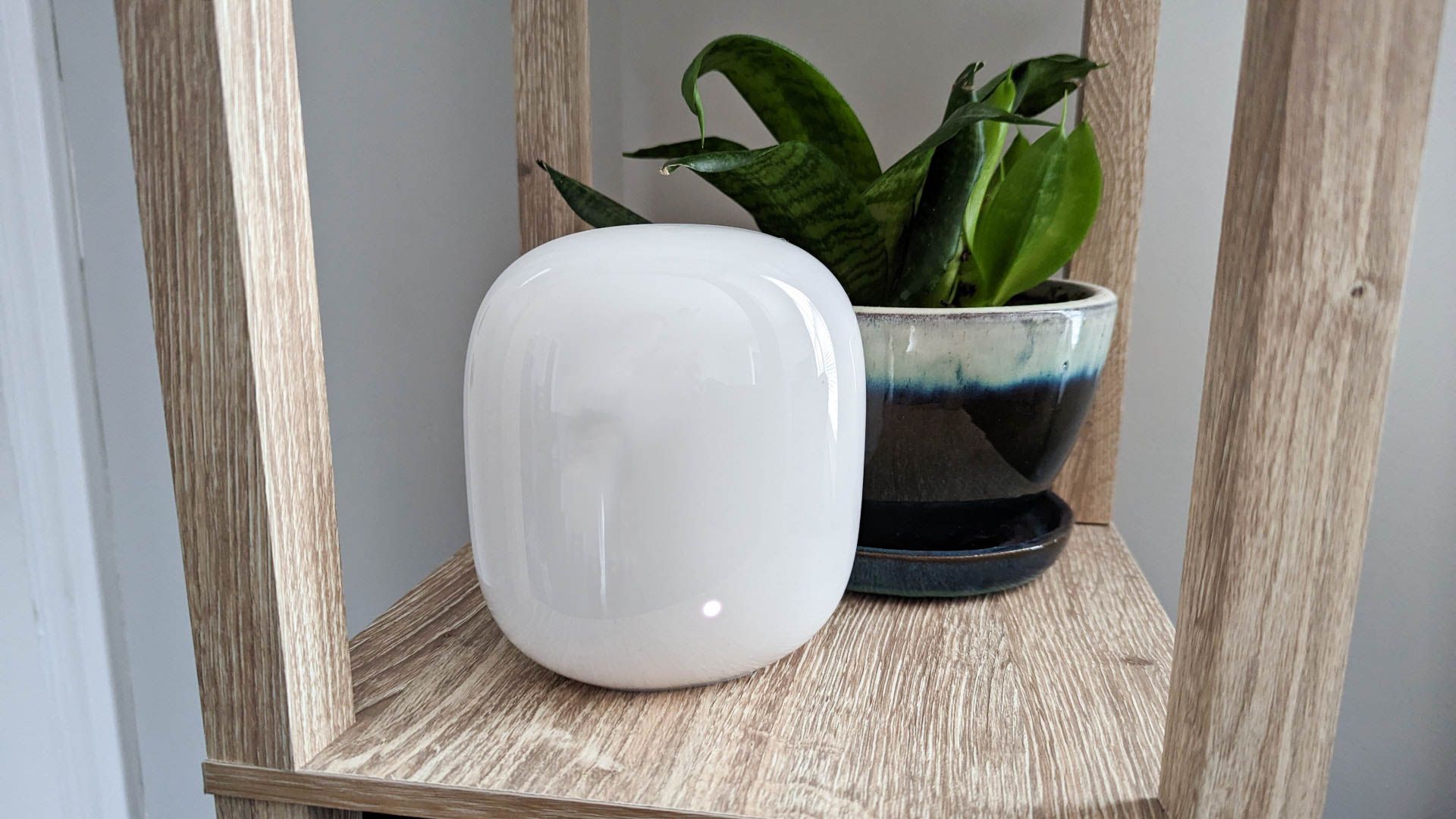
Related
To make the most of your high-speed internet plan, choose the right router and position it correctly. Now that you know the most common router placement mistakes that can impact your internet performance, you must avoid these to maintain a strong and reliable network and ensure there are no dead zones throughout your home.


